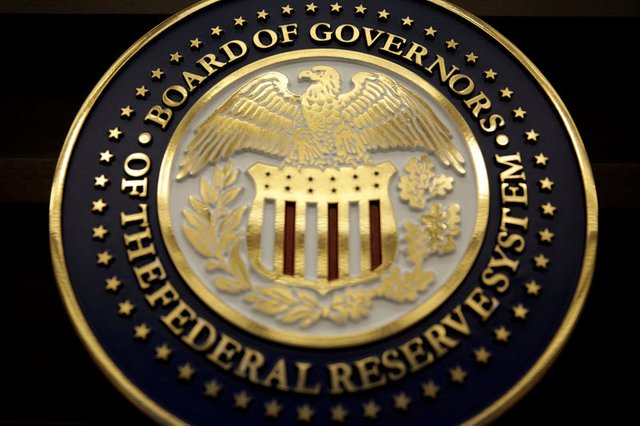3 Things Under the Radar This Week
 By Kim Khan
By Kim Khan
Investing.com - You know it’s been a singular week when the U.S. employment report was pretty much an afterthought.
Amid emergency rate cuts, record Dow point gains, OPEC standoffs and ever-shrinking yields, there’s plenty investors may have missed.
Here are three things that flew under the radar this week.
- Getting Paid to Borrow
In a week filled with uncertainty and wild swings, one thing looked certain: the market wants rates cut to the bone. The surprise 50-basis-point cut from the FOMC just made investors hungrier for cheaper money.
Market chatter focused on the March meeting, but looking way down the line the fed funds futures are predicting President Donald Trump might get his wish.
Trump wants negative interest rates, like those of the European Central Bank. The ECB cut rates to negative 0.5% last September and restarted asset purchases.
That looks like a great deal to Trump, who said at Davos getting “paid to borrow money” is something he “could get used to very quickly.”
And he’s been pushing the Fed, tweeting last September as the ECB cut that the “Federal Reserve should get our interest rates down to ZERO, or less, and we should then start to refinance our debt.”
Now the market thinks that’s (slightly) possible.
As of Friday there was a 7% chance U.S. rates would be in negative territory, according to Investing.com’s Fed Rate Monitor Tool.
- Bottom-Line Damage
Rates aren’t the only thing with a minus sign.
The S&P 500 as a whole is looking at a decline in earnings in the first quarter compared with the same quarter a year ago, according to Fact
Set.
“Over the past week, the aggregate earnings growth rate for Q1 2020 changed from slight year-over-year earnings growth on February 28 (+0.5%) to a slight year-over-year earnings decline today (-0.1%),” the financial data and research company said.
Among the sectors, materials are seen having the biggest profit drop, down 16.6%, with industrials next, off 14.2% and consumer discretionary down 10.4%.
Last week, Goldman Sachs said it predicted no growth for U.S. company earnings for all of 2020, with its model incorporating “the likelihood that the virus becomes widespread.”
- All About Isolating the Benjamins
Jerome Powell and Co. aren’t just working on softening the economic impact of Covid-19. It’s looking to keep the disease itself from spreading.
The Fed is quarantining physical U.S. dollars coming back to the country from Asia.
Regional Fed banks will keep the repatriated greenbacks out of circulation for seven to 10 days before moving the cash back into circulation.
According to the CDC, it “may be possible” to transmit the virus through objects that have had direct contact with it, but person-to-person contact is the main means of spreading the disease.
As the global reserve currency, U.S. dollars are the most widely distributed notes in the world with around $1.75 trillion worth of cash in circulation globally, according to the Fed. Much that is circulated overseas, particularly in Asia where the dollar is often stronger than local currencies.
A 2014 study by researchers at New York University identified 3,000 types of bacteria on dollar bills due to how widely and frequently they change hands.
-- Reuters contributed to this report.